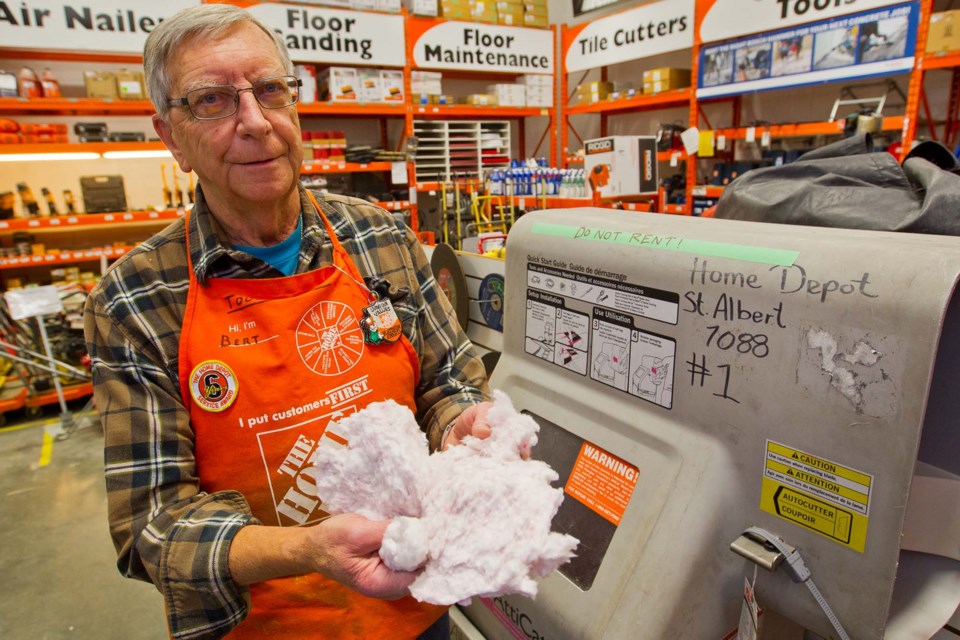St. Albert could launch a $5-million program as early as this fall to let residents give their homes green makeovers for no money down.
St. Albert council approved first reading of the Clean Energy Improvement Tax Bylaw April 19 as part of its consent agenda.
The bylaw, if it passes second and third readings, would let owners sign agreements to have the city pay for the up-front cost of specific upgrades, such as solar panels, that either increased renewable power production or energy efficiency in an occupied residential property less than four-stories tall as part of a Clean Energy Improvement Program (CEIP). The property owner would then repay the city over decades through a special tax imposed on the property.
Administration proposed to have the city borrow up to $5 million to finance a four-year CEIP pilot under the bylaw.
How it would work
CEIP is more commonly known as Property Assessed Clean Energy (PACE) in North America. PACE is a financial instrument that encourages people to make building improvements (e.g. installing solar panels) to address important issues (e.g. climate change) which they normally would not carry out due to their high up-front cost.
Buildings were the main source of greenhouse gas emissions in St. Albert in 2019, with a 2021 CEIP market study attributing 60 per cent of the city’s community-sourced carbon emissions to residential and commercial buildings. St. Albert’s environmental advisory committee has called on the city to implement a CEIP/PACE program to help residents improve the energy efficiency of their properties.
The 2021 market study sketched out how St. Albert’s CEIP initiative would work.
Under it, applicants would first have to prove they were not behind on their mortgage or tax payments in order to qualify for the program. They would then do an EnerGuide audit to identify potential improvements to their homes, choose from a list of approved upgrades (such as air-source heat pumps, solar panels, and insulation), have an approved contractor make those improvements within six months, and confirm the results with a second audit. The city would then pay the contractor and impose a special tax on the property to recover its money over many years.
The study found a four-year $5-million residential pilot would likely draw 254 participants, create $4.1 million in energy savings, add $17 million to the city’s economy, and prevent about 31,000 tonnes of greenhouse gas emissions over the lifetime of the home improvements.
Too small, wrong sector: Bond
Leigh Bond, president of the pro-PACE group PACE Alberta, said this pilot was a good start but grossly underestimated the amount of investment needed to meet the city’s obligations under the Paris Agreement on climate change. That agreement required Canada to reach net-zero emissions by 2050, which would require major efficiency upgrades to every building in St. Albert – a project he estimated would cost about $1 billion (based on the cost of the average upgrades made under American PACE programs).
“It just isn't enough,” Bond said of the proposed pilot, and he called on the city to put more cash behind it.
Bond also said the city should start with commercial rather than residential properties to lower administrative costs, as there were fewer commercial than residential properties and therefore fewer upgrades to tax and track. (The market study recommended the reverse, saying it was better to start with smaller-scale home renovations.)
The market study recommended that the city’s bylaw cover both residential and commercial properties – as of first reading, it only applied to residential. The study predicted that a four-year $3.6-million commercial pilot would benefit 18 properties, create $6.8 million in lifetime energy savings, add $25 million to the economy, and prevent about 44,000 tonnes of greenhouse gas emissions.
A public hearing on the bylaw has been set for May 17. If approved, the January report said a pilot program could launch by this October.




